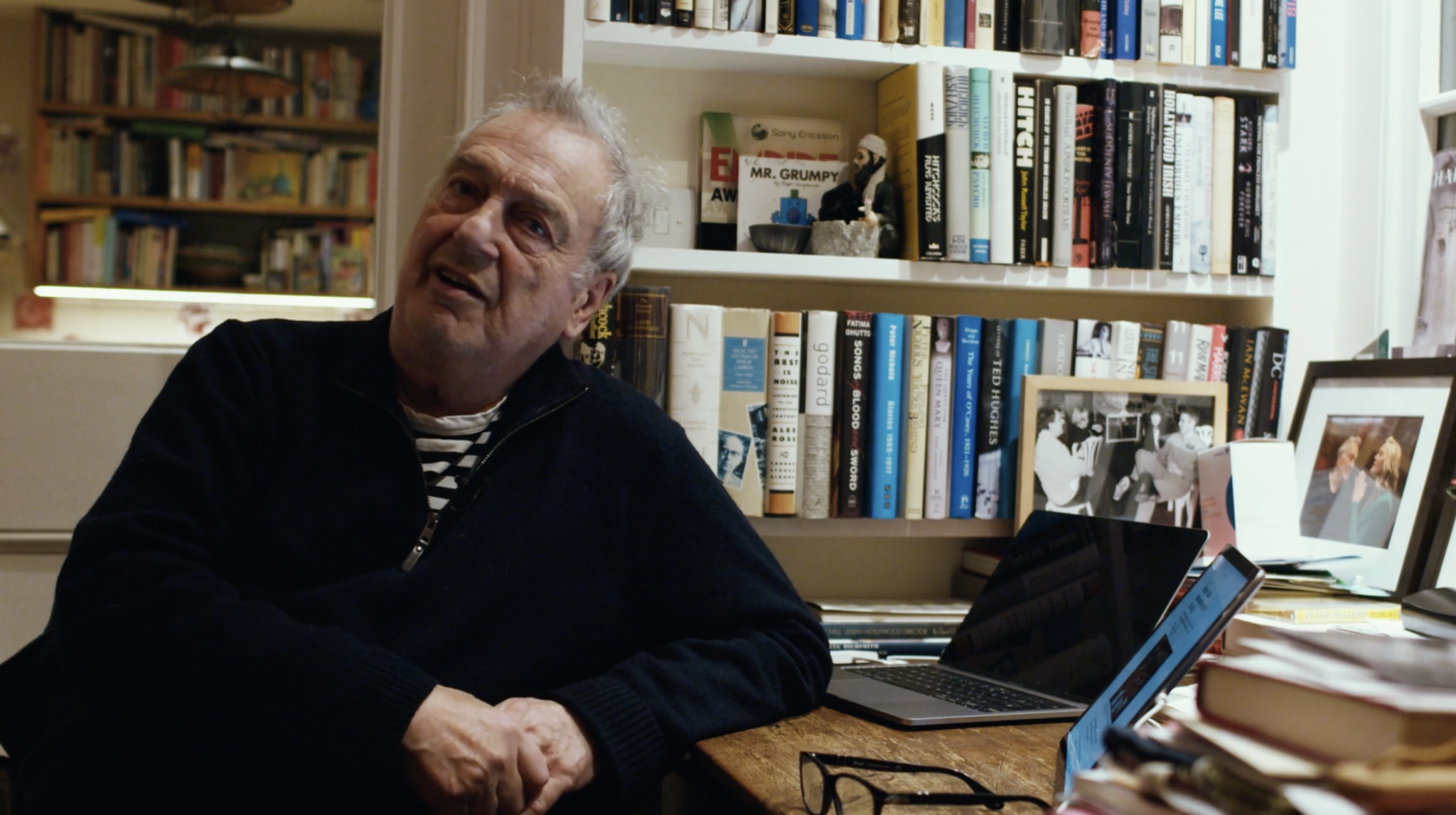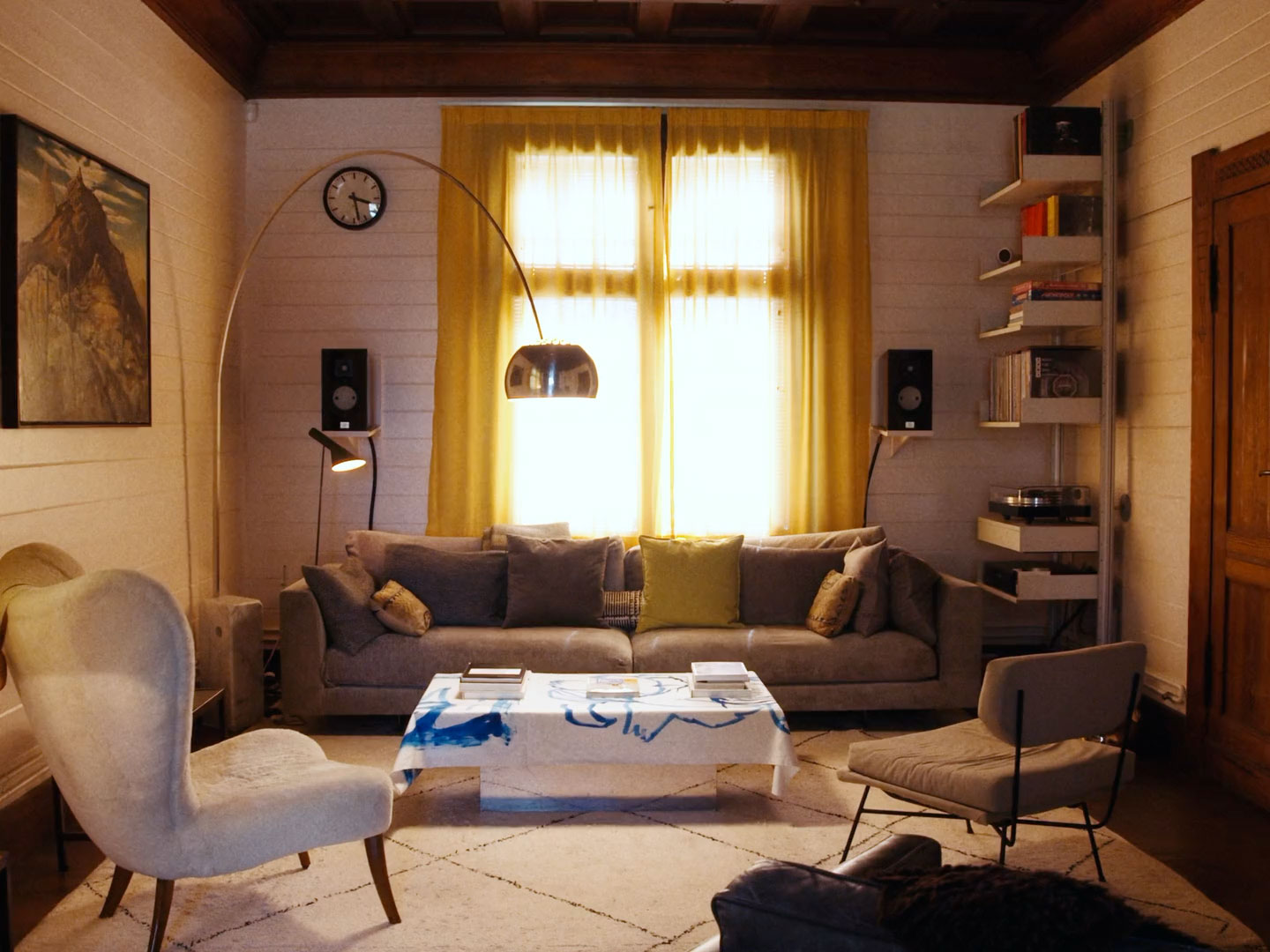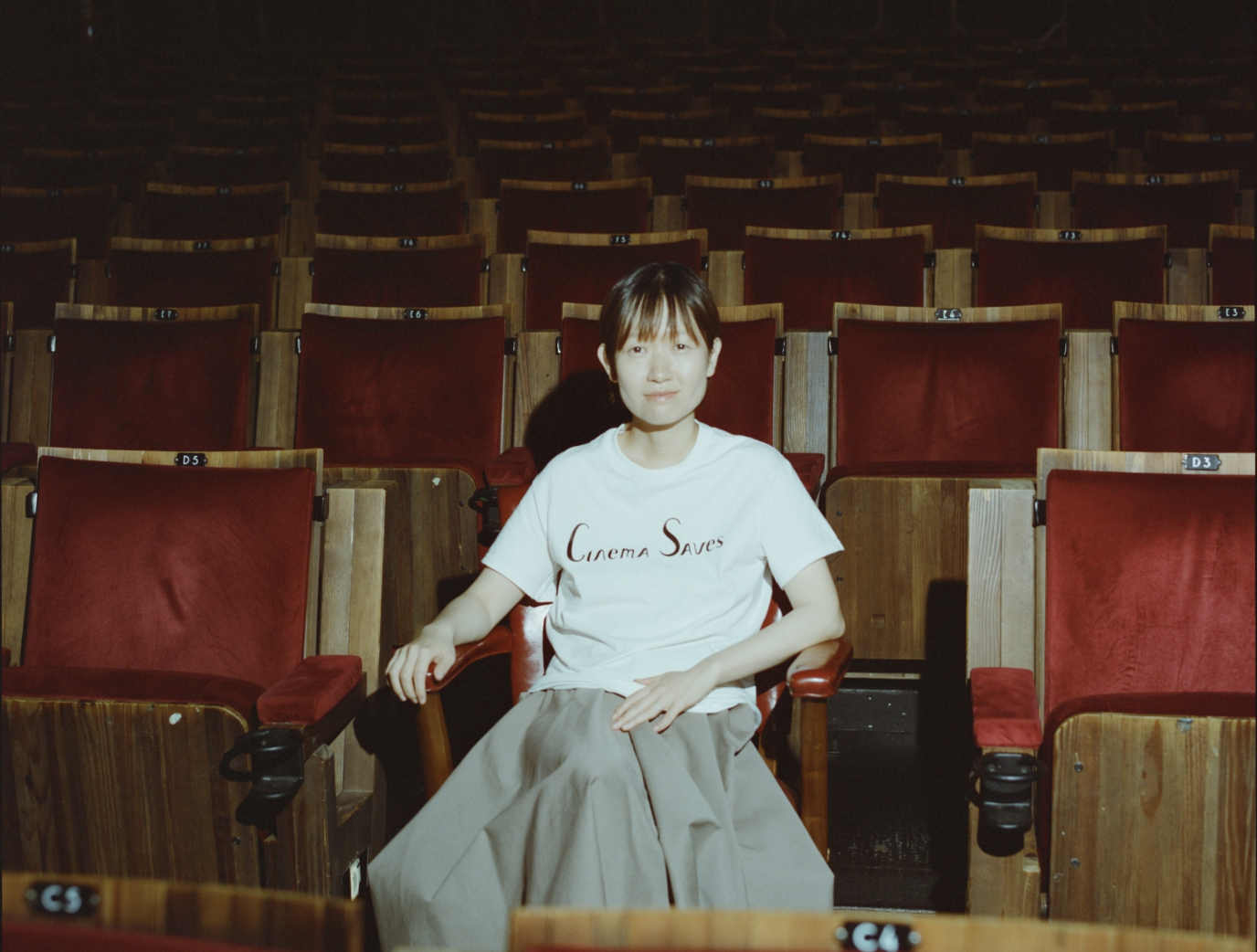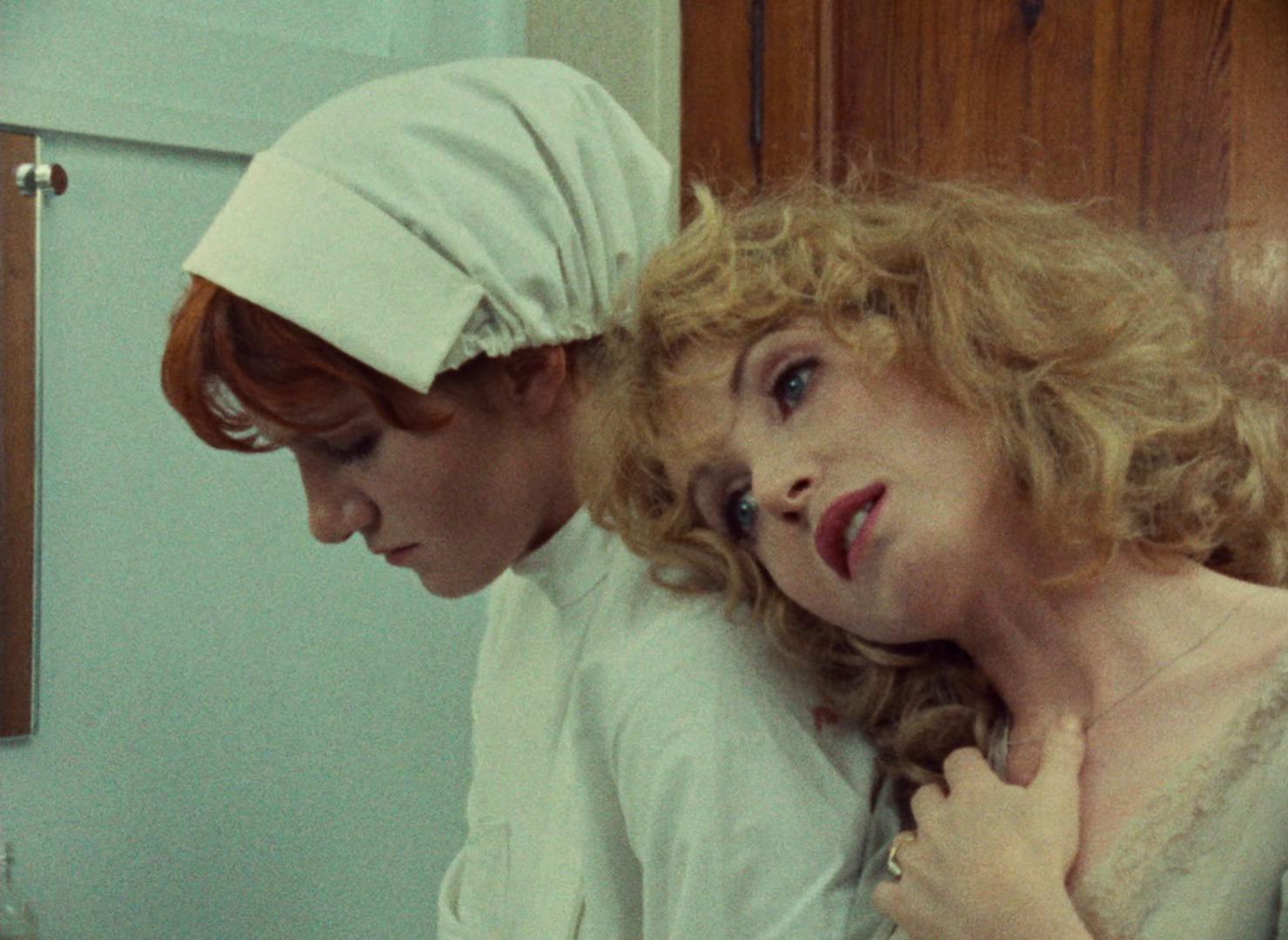
Has there ever been a more bulletproof premise for a film than William Friedkin’s Sorcerer? Here it is in a sentence: Four men from different parts of the globe, all hiding from their pasts in the same remote South American town, agree to risk their lives transporting gallons of unstable nitroglycerin across the dangerous jungle. Astonishingly, the film, a remake of Clouzot’s 1953 classic Wages of Fear (though Friedkin is on record disagreeing with this), was critically panned, and bombed at the box office upon release.
Thankfully, though, Sorcerer has since matured into masterpiece status the way it always deserved to. Or maybe it was the audiences that matured—what was missing for them back in ‘77 that a film so rich with life, style and thematic resonance was so criminally thrust aside? It may be indicative of how spoiled moviegoers were at the time. After all, this is the same year that Close Encounters of The Third Kind (Spielberg), Saturday Night Fever (Badham), Annie Hall (Allen), Suspiria (Argento) were released—alongside a small feature called Star Wars (Lucas), that just so happened to invent the Blockbuster two months before Sorcerer hit theatres. Gritty was out, Fantasy was in, and the way audiences consumed film was changed forever.
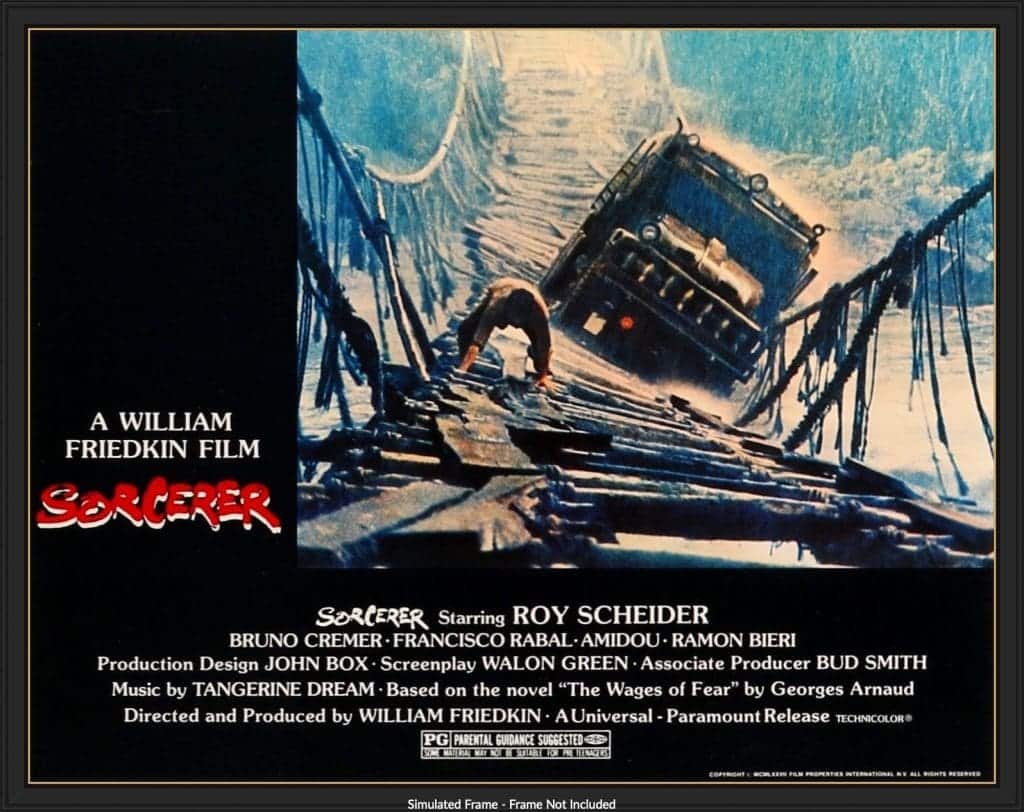
The timing is almost as perilous as the journey our four anti-heroes find themselves on, but still, as we look back on Friedkin’s legacy, the film that was once decided a failure is now impossible to overlook, and upon viewing it after his passing, it becomes no wonder at all why Friedkin himself described it as the film he was most proud of. “I won’t say it’s my favourite of all the films I made,” the director said during the unveiling of Sorcerer’s restoration several years back. “But let me put it this way: it’s way ahead of whatever’s in second place.”
Sorcerer’s central outcasts, hiding out in Colombia’s remote Porvenir, are as follows: Serrano (Bruno Cremer), a French investment banker forced to leave his life and wife behind after being accused of fraud; Martinez (Hamidou Benmessaoud), a Palestinian freedom-fighter; Nilo, a sinister hitman from Mexico; and Domingez (Roy Shneider), who is on the run after a member of his Irish-American gang shot and wounded the brother of a vengeful mob boss. They all want to escape their self-made banishment, and an opportunity to do so soon arises when the men are offered a hefty cash-reward to deliver several barrels of nitro (the highly unstable substance that makes up a stick of dynamite) 218 miles across the unforgiving Colombian wilderness, which will then be used to extinguish a fire caused by an exploding oil well. Together, between them manning two trucks that have been slung together with literal scraps, the four men set off on a journey where each of their souls are as much on trial for damnation as their physical bodies are (extremely slowly and extremely carefully) treading a tightrope over the brink of existence.
That’s perhaps Sorcerer’s ultimate claim to greatness—here’s a movie that, despite the conceit, is far more concerned with the struggle of the soul as it is simply with flesh and bones. It’s a movie that takes place where the internal and the external meet, and explores how the two wrestle and rage with each other for dominance. Dialogue between characters is scarce; instead the bond between our protagonists is explored with imagery, action, glances exchanged, and emotions bared through primitive reactions to the dire circumstances around them. They begin to truly understand each other only when pushed beyond their limits, when they’re forced to surrender their masculinity to one another.
The greatest tragedy of the film is that such connections often arrive too late; Nilo and Domingez, who despise each other for most of the movie, only find camaraderie at a point in their journey where it’s all they have left, with Nilo mortally wounded by bandits and Dominguez clinging to his last shred of sanity. Screenwriter Wallon Green once described Shneider’s performance in the film as “desperately human”, and, although Friedkin later expressed dissatisfaction with Shneider’s portrayal (the director’s first choice was Steve McQueen), and the two experiencing tension on set, just try and sit through the dizzying final act without being struck by the intensity of Dominguez as he ploughs deeper into his own psyche.

Ironically, the scene that will catch your heart in your throat arrives only after a rare moment of victory, as we witness the group finally come together to overcome a seemingly impossible obstacle. As the two trucks push forward, driver Serrano and passenger Martinez allow themselves a moment of vulnerability between them. A heartbeat later: a tire bursts, the truck is sent careening off a cliffside, the nitroglycerin tumbles forward, and the two are wiped off the face of the Earth. You never see it coming, even as you remain viscerally aware of the stakes at hand, and it’s moments like these where both Sorcerer and Friedkin’s genius is most potent.
Much like Herzog films Aguirre and Fitzcarraldo, or Coppola’s Apocalypse Now, the production of Sorcerer was itself a tale of Man vs Nature, and only serves to add to the film’s mythology. Aside from the opening vignettes, which serve as prologues for each of our protagonists, the majority of the film was shot in the Dominican Republic, and the Sorcerer crew were themselves forced to reckon with conditions they weren’t prepared for. Friedkin has claimed that almost half the crew were hospitalised or sent home during shooting after sustaining either injury, gangrene, food poisoning or malaria (only after the premiere did Friedkin realise that he himself, fifty pounds lighter than when he had begun the shoot, had also contracted the latter).
The film’s famous set piece, in which one of the nitroglycerin-filled caravans creaks and wobbles across an unstable suspension bridge, is a terrifying six-minute display of nail-biting suspense that will live on as Sorcerer’s crowning achievement. But like the best of Friedkin’s work, there’s as much devil in the details as there is in the spectacle, even in a film that lives and dies by the tension it creates. It’s really about that pulsing Tangerine Dreams soundtrack, and how Friedkin uses lighting and shadow to wordlessly tell you pretty much everything you need to know about Nilo’s antagonist, and the impenetrability of the Colombian no-man’s land that he felt so important to authentically communicate, and the hundreds of other ingredients you might have missed on first, second, and third tastes.
Then again, the director always delivered more substance than was asked of him, whether he thought moviegoers would appreciate it or not. You can serve the audience and still be a great director, but what made Friedkin a cut above so many others was his instinct, above all else, to be of service to the movies themselves.
If you liked this piece, check out our other essays about the cinema of William Friedkin.

